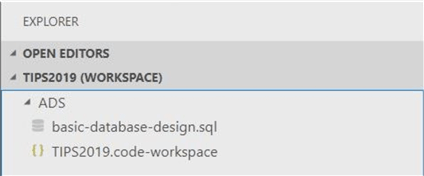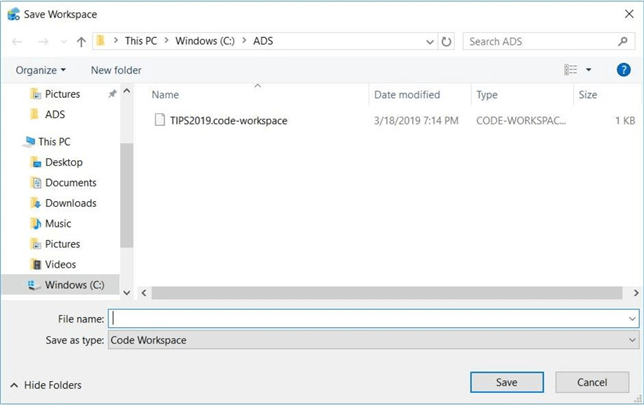

Remote Jupyter books load a Jupyter book from a public repository into Azure Data Studio, either in the currently open folder or a temporary location. We will further explore remote Jupyter books, including leveraging a GitHub action to facilitate creating remote Jupyter books. The former requires specifically formatted GitHub releases and the latter requires packaging an extension containing the Jupyter book.

Jupyter books can be shared widely with low-end user friction through two methods, remote books, and Jupyter book extensions.

The notebook handles the installation of any Python dependencies and prompts for the location of notebooks and markdown files to be compiled into a Jupyter book. Use the command “Jupyter Books: Create Book (Preview)” to launch a preview experience for creating a Jupyter book through an Azure Data Studio notebook.
Azure data studio tutorial how to#
Learn the basics of notebooks in Azure Data Studio from the documentation and read on to learn how to leverage a GitHub Action to publish and share remote Jupyter books. In Azure Data Studio we are able not only to use Jupyter books but also create and share them. Jupyter books compile a collection of notebooks into a richer experience with more structure and a table of contents. Potential usage includes data cleaning and transformation, statistical modeling, troubleshooting guides, data visualization, and machine learning. The notebook experience in Azure Data Studio allows users to create and share documents containing live code, execution results, and narrative text.


 0 kommentar(er)
0 kommentar(er)
